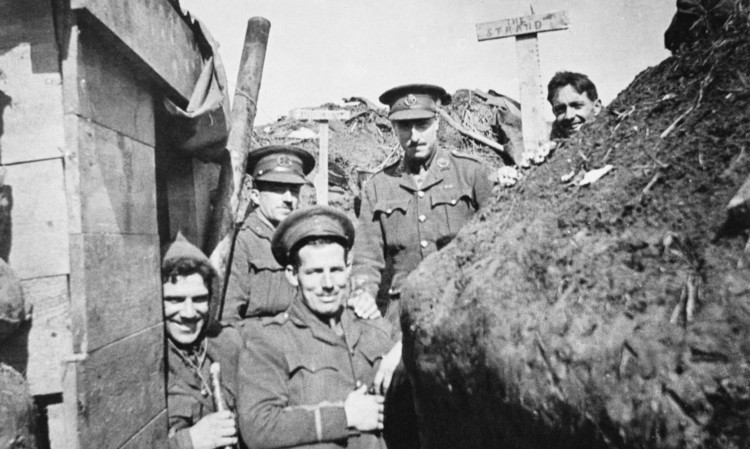
“The surprising thing is there was no hate.”
Death, dirt, rats the size of cats, lice, disease and the inevitable tedium created by hours of confinement.
This was life in the squalid First World War’s trenches.
Emerging from that odd combination of boredom and fear was the sound of young men singing the often buoyant songs like Pack Up Your Troubles.
Singing was often what helped the soldiers through the day, whether it was by lifting their spirits, venting their anger or yearning for home.
To mark the start of the First World War’s centenary commemorations, a concert will be held on Friday as part of Celtic Connections featuring Scottish songs, stories and poetry from the conflict.
Far Far From Ypres WW1 Scottish Songs features a stellar cast including Barbara Dickson, Dick Gaughan and Phil Cunningham performing soldiers’ songs, music hall favourites and home-front anthems.
Writer and director Ian McCalman says the concert based on the 2008 album of the same name leaves cast and audience very emotional.
But what surprised him when he researched the soldiers’ music was the lack of hate songs about the enemy.
“But very few songs were ever written about the Germans and none were hate songs.
“The only one I could find about the Germans was Fritzy Boy, which basically says we can see you over there, so keep your head down.
“The angry songs were more about their leaders or the decisions being made. A song like When This Bloody War is Over speaks for itself.
“Others were reasonably humorous, but not many, while you could sense the boredom in a track called I Want to go Home.
“The songs had a huge impact on me. We have a projection screen behind the musicians showing the statistics of how many died from each country. It’s impossible not to be moved by the horror of it all, and it results in both the audience and those on stage becoming emotional.”
Ian added: “The songs provide great insight into life in the trenches. It was sheer bloody hell.
“I want schools to take a free copy of the script and stage this rather than the traditional musicals they usually put on.”
Far Far From Ypres is at the Glasgow Royal Concert Hall on Friday at 7.30pm.

Enjoy the convenience of having The Sunday Post delivered as a digital ePaper straight to your smartphone, tablet or computer.
Subscribe for only £5.49 a month and enjoy all the benefits of the printed paper as a digital replica.
Subscribe